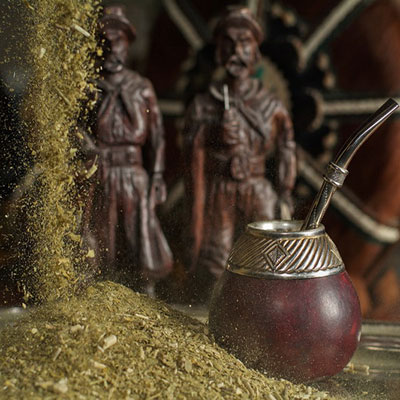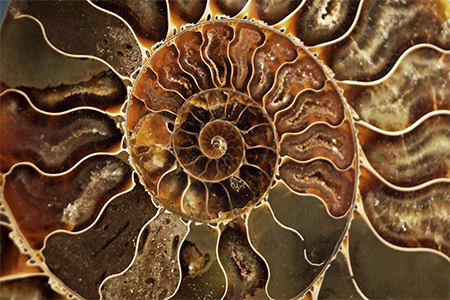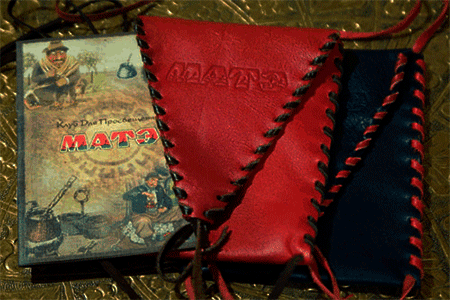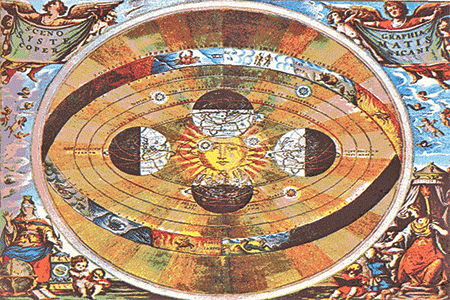All about Yerba Mate.
 |
WHAT IS YERBA MATE? Yerba Maté is a small tree native to the subtropical highlands of Brazil, Paraguay, and Argentina. This evergreen member of the Holly family was introduced to colonizing and modern civilizations by the Guarani Indians of these regions. The drink is brewed from the dried leaves and stemlets of this perennial tree. Yerba Maté is known as the national drink of these countries, and is consumed by millions of South Americans as a healthful alternative to coffee. This stimulating herbal beverage has the unique ability to wake up the mind without the nervousness and jitters associated with coffee. Deemed “The Drink of the Gods” by many indigenous groups in South America, and known as “the green gold of the Indios” by folks in Europe, yerba maté possesses a multitude of health benefits that have begun to attract the attention of American scientists and consumers.What is the nutritional value associated with Yerba Maté?The beneficial and therapeutic aspects of yerba maté, portrayed from centuries ofobservation and use, have recently been verified by a number of scientific studies. The chemical components of yerba maté are similar to those found in green tea; however, as we’ll see, yerba maté is much more nutritious.People worldwide refer to this herbal infusion as a “whole body tonic”. Tonics aresubstances provided by nature for the repair and maintenance of normal physiology.According to Webster’s Dictionary, tonics “invigorate, restore, refresh, or stimulate [some aspect of one’s physical well-being].” Here at Aviva we don’t like to use the term “tonic” because it reminds us of those con-artists of the 1800’s who would ride from town to town, selling colored water as “tonics” or “potions” that would cure all your ills. In truth, however, yerba maté may be the closest natural beverage to a whole body tonic that is on the market today. A combination of observations and research from the scientific community gives strength to that claim….There are 196 volatile (or active) chemical compounds found in the yerba maté plant. Of those, 144 are also found in green tea. Yerba Maté contains 11 polyphenols. Polyphenols are a group of phytochemicals. Phytochemicals (phyto- meaning plant) contain recentlydiscovered compounds that act as powerful antioxidants and are considered to exhibit anticancer effects in mammals by strengthening an organism’s natural defenses and protecting it against cellular destruction (i.e. lycopene in tomatoes, flavonoids in blueberries, and isoflavones in soy). In addition to polyphenols, yerba maté leaves contain saponins (In fact, one study yielded 3 new saponins in the Yerba Maté leaf!) Saponins are phytochemicals that have been found to specifically stimulate the immune system and aid the body in protecting against disease. |
 |
|
|
ПРАВДА ЛИ, ЧТО МАТЕ - САМЫЙ ДРЕВНИЙ НАПИТОК ЧЕЛОВЕЧЕСТВА?
Проведя собственные исследования мы открыли огромную древность этого напитка. Данные археологических раскопок на территории Перу говорят нам о том, что йерба была известна уже в глубокой древности индейским перуанским народам. Например, самую древнюю тыкву профессор Энгель нашел в песчаной области Косты, которую называют Пампа-де-Санто-Доминго, в центре южноамериканского полуострова Паракас. Эта древнейшая из сохранившихся в Перу тыкв сопровождала в последний путь индейца в ритуальном обряде погребения. Именно в таких тыквах, называемых калабасами*, традиционно пьют напиток мате. Радиоактивный углерод позволил установить: человек из Пам-па-де-Санто-Доминго умер 9930 лет назад (то есть в начале 7 тысячелетия до н.э.). Это значит, что калабас – единственное яркое свидетельство того, что в столь давние времена еще до возникновения империи инков перуанские индейцы знали этот напиток. Листья падуба были найдены и в древних Могилах в Анкане, инкского города около Лимы. Эта находка явно говорит нам о том, что напиток из йербы был известен и в инкской империи. Да и само слово мате перуанского происхождения. Оно принадлежало индейцам кечуа, государственно-образующему народу могущественной инкской империи. Язык кечуа из-за присущего ему богатства стал официальным языком во всей империи инков. Мате (или матэ) – кастильский вариант слова Mati на языке индейцев кечуа первоначально оно означало стакан или сосуд для питья. Это слово было введено в обиход испанцами для обозначения тыквы. Впоследствии, перейдя с емкости на содержимое, слово мате стало также обозначать напиток из йербы.




